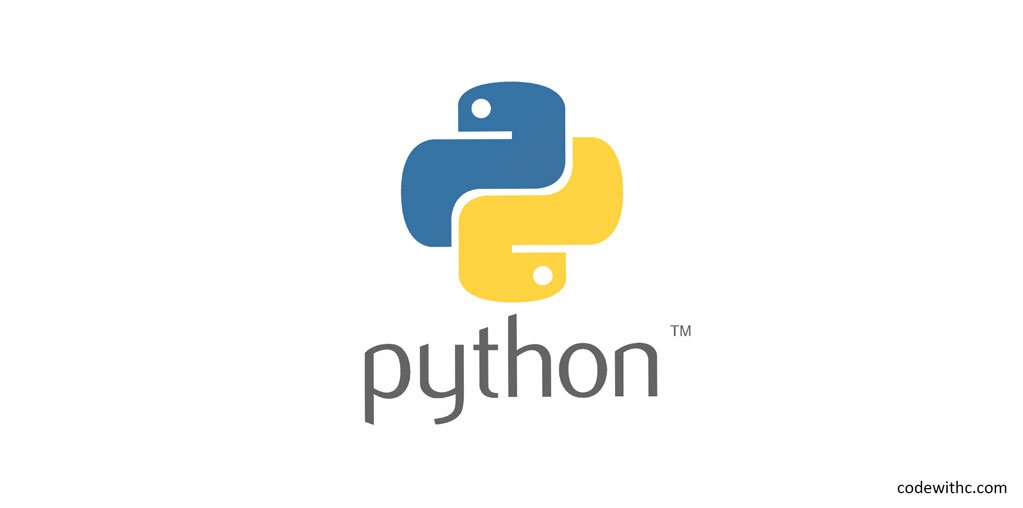In today’s era of complex algorithms and high-level computations, there’s a certain charm in revisiting the basics. The art of arithmetic, for instance, is as timeless as it is fundamental. Python, with its intuitive syntax, makes it delightfully easy to perform these operations. Today, we’ll harness Python’s arithmetic capabilities to build a rudimentary calculator, demonstrating the power of basic operations in this majestic language.
Arithmetic operations form the crux of many advanced algorithms. Whether it’s financial computations, data analysis, or even machine learning models, at their heart, they often involve basic math. Recognizing this, Python offers direct, user-friendly ways to perform these operations.
Let’s craft a simple calculator that performs addition, subtraction, multiplication, and division:
Program Code:
a = 10
b = 5
print("Addition:", a + b)
print("Subtraction:", a - b)
print("Multiplication:", a * b)
print("Division:", a / b)
Explanation:
In this snippet:
- We start by defining two numbers,
aandb. - We then proceed with basic arithmetic operations: addition, subtraction, multiplication, and division.
- Each result is printed out, providing immediate feedback on our calculations.
Expected Output:
Addition: 15
Subtraction: 5
Multiplication: 50
Division: 2.0
Wrapping Up:
Simple arithmetic, when combined creatively, can lead to profoundly impactful computations. Python’s approach to these operations, with its clarity and simplicity, serves as a perfect platform for both beginners and seasoned developers. Whether you’re just starting out or are looking to brush up on your basics, Python’s arithmetic toolkit is an invaluable asset on your coding journey.
